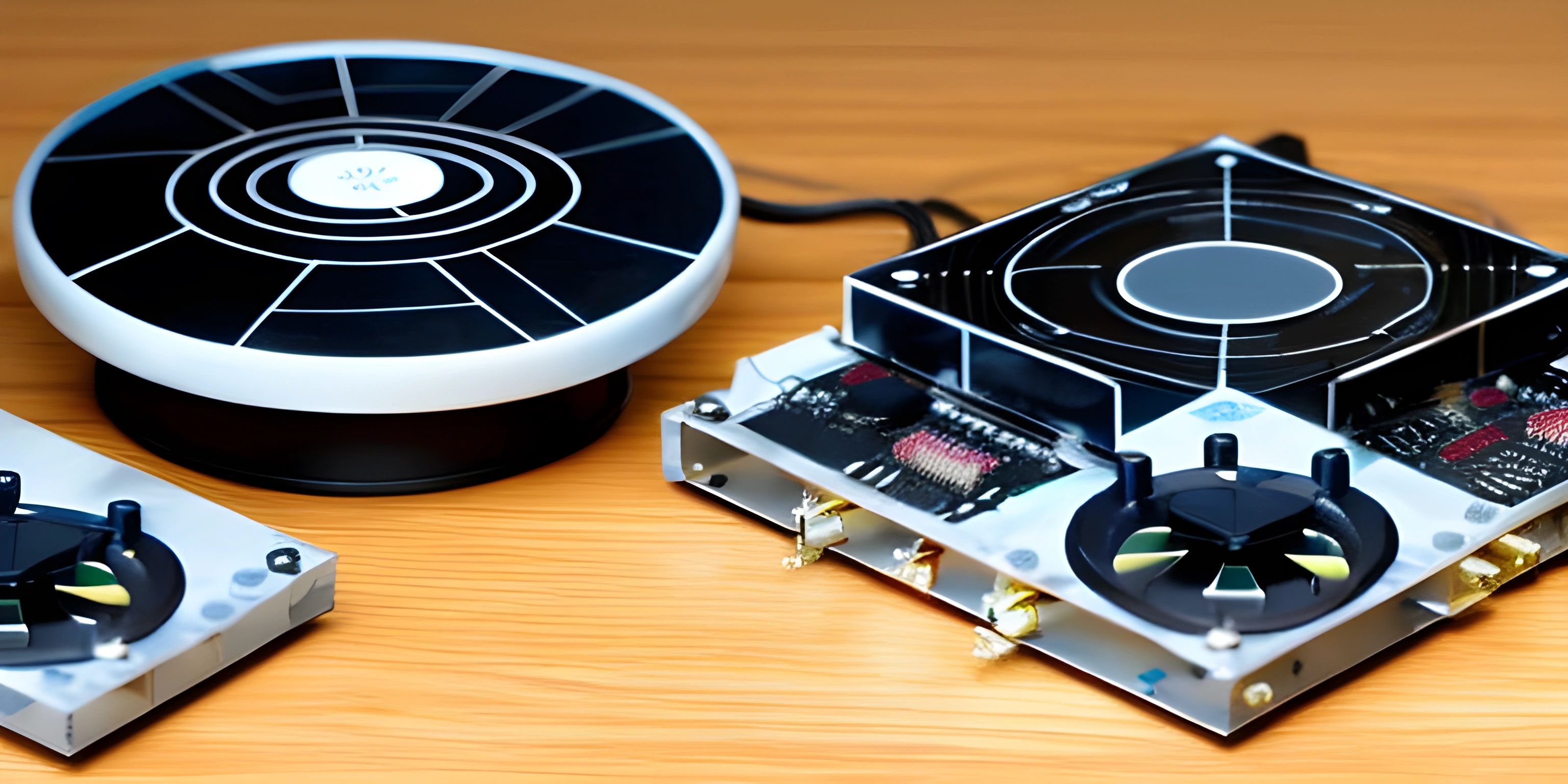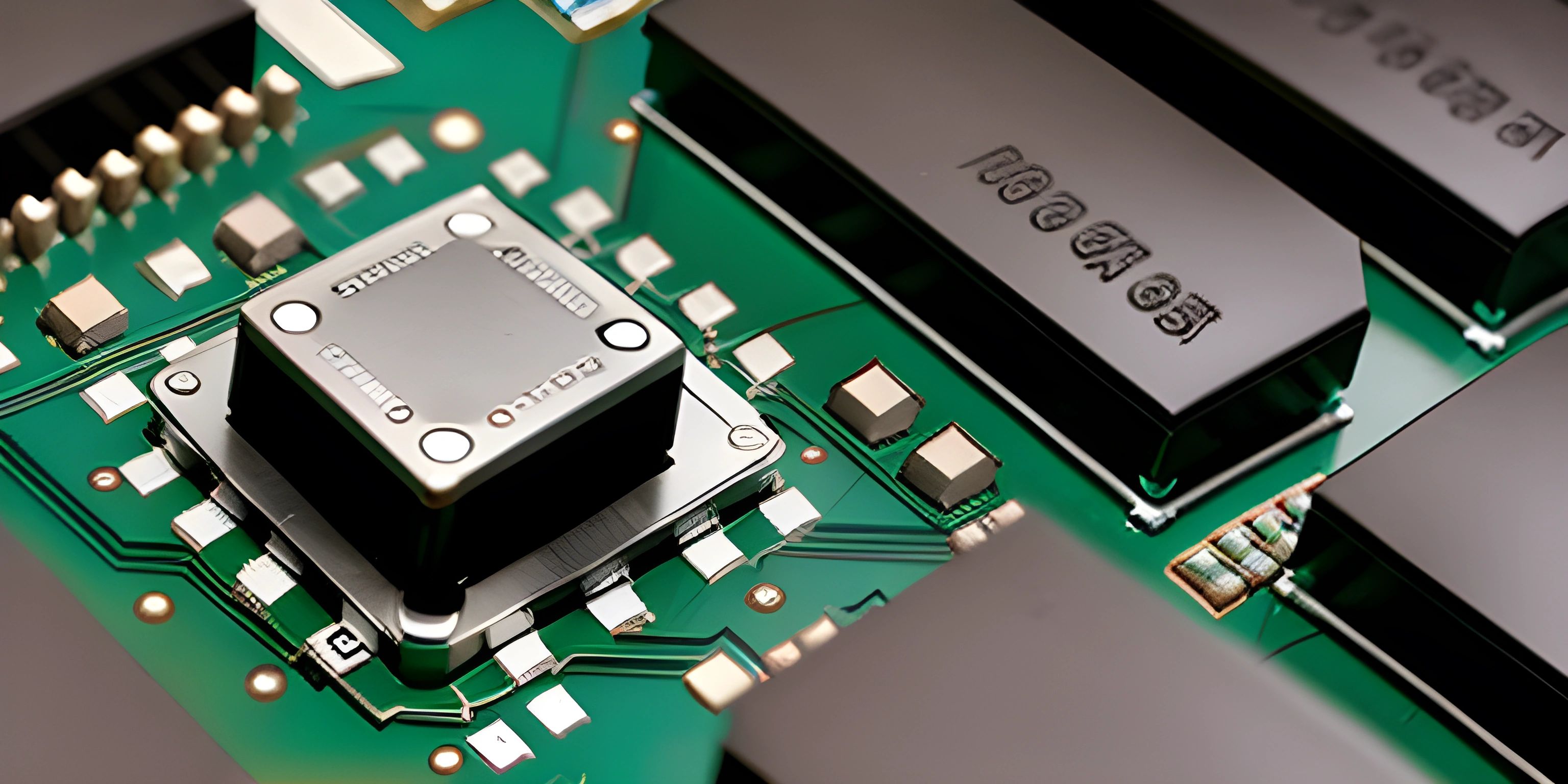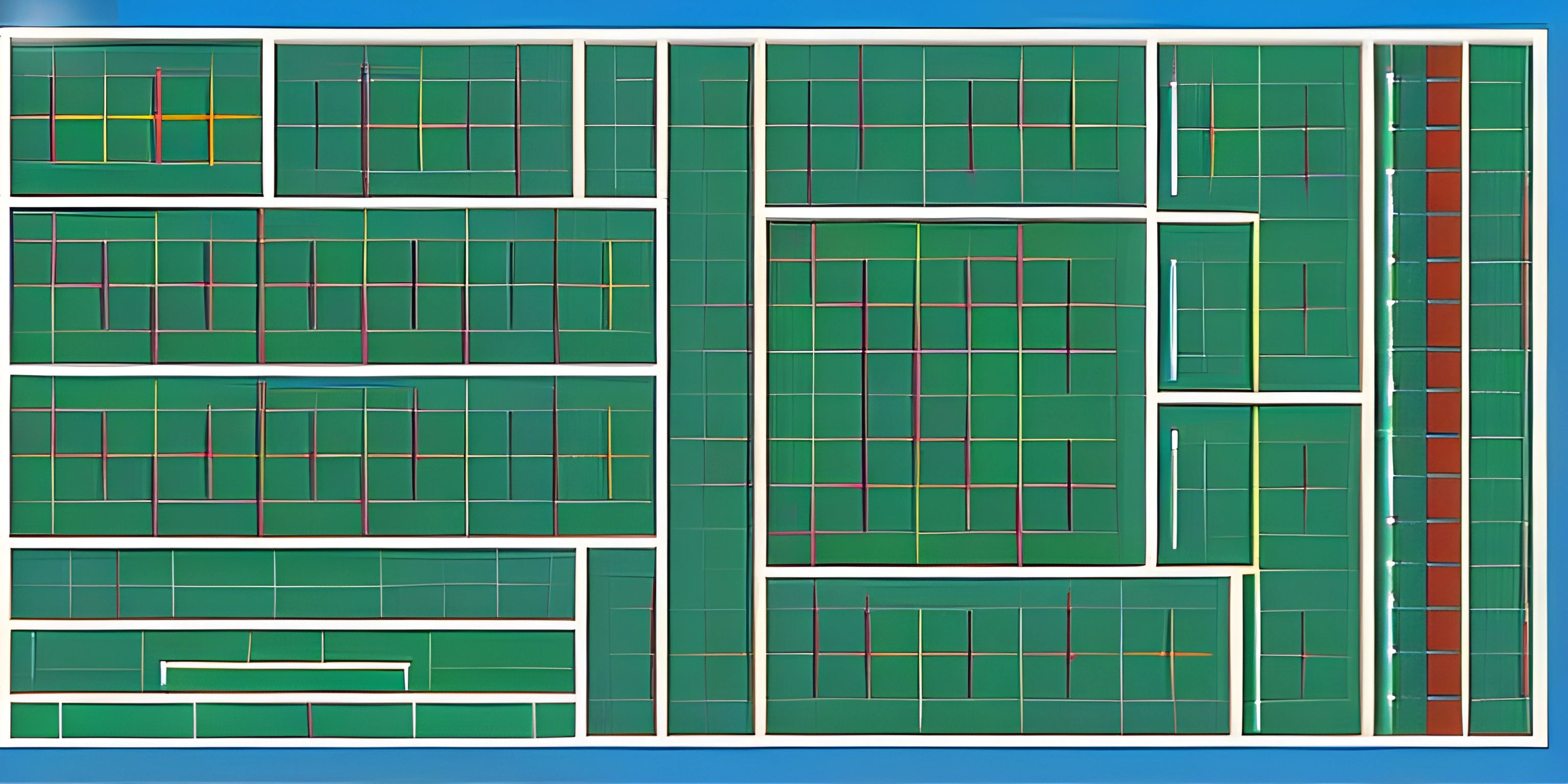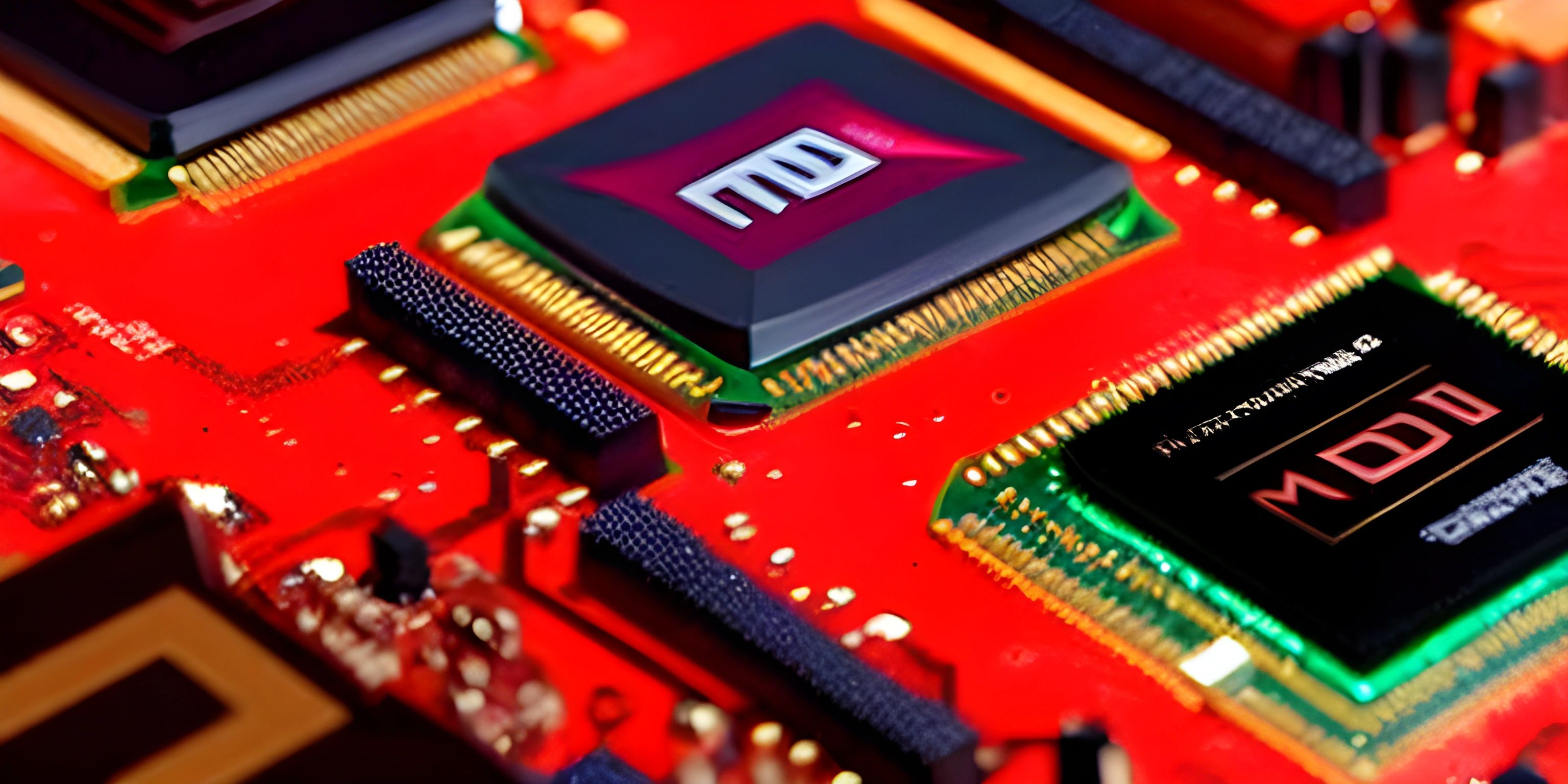Understanding the Arithmetic Logic Unit (ALU)
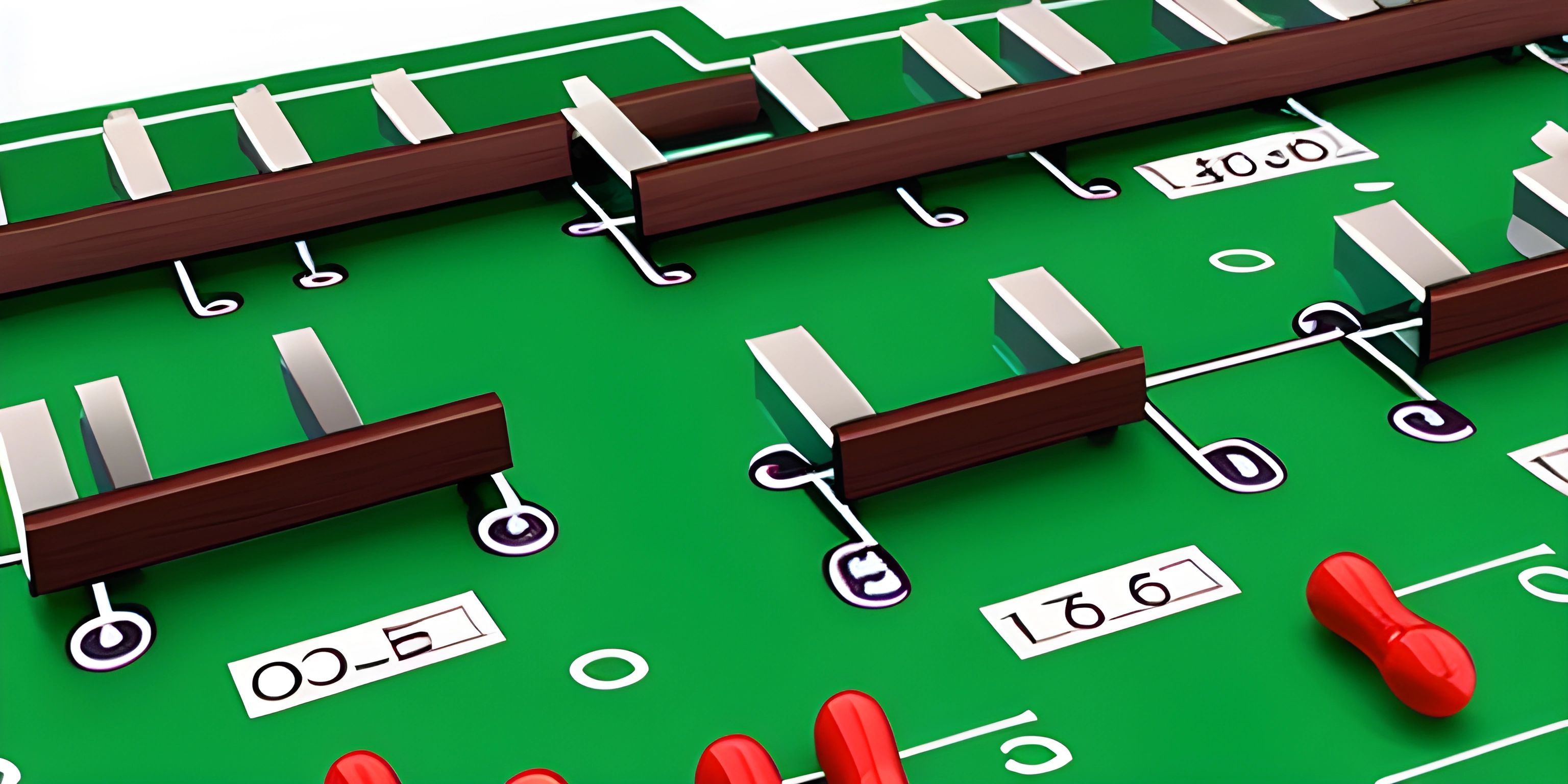
Note: this page has been created with the use of AI. Please take caution, and note that the content of this page does not necessarily reflect the opinion of Cratecode.
The heart of any computer lies within its CPU (Central Processing Unit), but even this complex organ has its own lifeblood: the Arithmetic Logic Unit, or ALU. It's the ALU that shoulders the heavy lifting of performing both arithmetic and logical operations.
ALU: The CPU's Workhorse
A CPU without an ALU is somewhat akin to a car engine without a piston: sure, it's still technically an engine, but good luck getting anywhere in a hurry. The ALU is the component that makes the CPU functional, and by extension, makes your computer functional.
Arithmetic Operations
When we say arithmetic, we're not talking about the times tables you learned in grade school. In the world of computer architecture, arithmetic tends to be a bit more binary. The ALU handles the addition, subtraction, multiplication, and division of binary numbers, which are the language that computers understand. It's like arithmetic with a twist of Matrix-style code.
Let's dive into an example using some binary arithmetic :
1101 (13 in base 10) + 0111 (7 in base 10) ------ 10100 (20 in base 10)
Magic, right? Well, not exactly, but it's the ALU that makes this binary addition possible.
Logical Operations
The ALU isn't just a one-trick pony. It also handles logical operations. These operations include AND, OR, NOT, and XOR, among others.
Here's an example of how an AND operation might look in binary logic :
1101 AND 0111 ------ 0101
The AND operation simply compares two binary numbers bit by bit and outputs a 1 only if both corresponding bits are 1. Trust me, it's easier than it sounds!
The ALU and the CPU: A Dynamic Duo
So, you've met the ALU, the powerhouse of the CPU. But remember, the CPU is like a complex car engine, and the ALU is just one vital component. It works in harmony with other CPU components, and without this cooperation, your computer just wouldn't compute.
Next on our tour is Control Units, which play the role of traffic cop in the CPU, directing data flow and controlling the operations carried out by the ALU. But that's a story for another day.
Hey there! Want to learn more? Cratecode is an online learning platform that lets you forge your own path. Click here to check out a lesson: Rust Chat App Backend (psst, it's free!).
FAQ
What is an Arithmetic Logic Unit (ALU)?
The Arithmetic Logic Unit (ALU) is a critical component of the CPU (Central Processing Unit) in a computer. It performs both arithmetic and logical operations on binary data.
What is the role of the ALU in the CPU?
The ALU performs the actual computations or processing of data in the CPU. It handles all arithmetic and logical operations.
What are the types of operations performed by the ALU?
The ALU performs both arithmetic and logical operations. Arithmetic operations include addition, subtraction, multiplication, and division of binary numbers. Logical operations include AND, OR, NOT, and XOR operations on binary data.
How does the ALU interact with other components of the CPU?
The ALU works in harmony with other components of the CPU. The Control Unit, for instance, directs data flow and controls the operations carried out by the ALU.
Is it possible for a computer to function without an ALU?
No, without an ALU, a CPU wouldn't be able to perform basic computations or logical operations, which are essential for running programs. Therefore, a computer wouldn't be functional without an ALU within its CPU.

